20 Surprising Ways Winter Damages Your Home, According to Experts
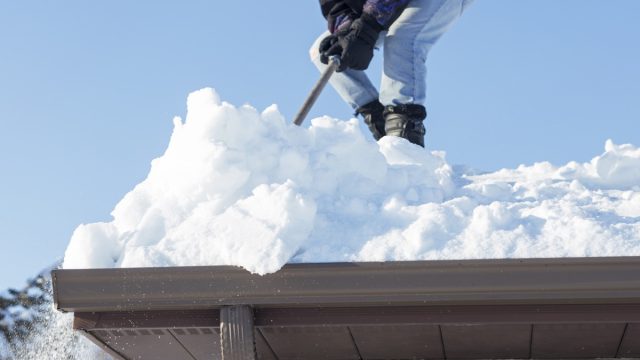
The winter can take a toll on practically everything exposed to its harsh conditions—your home included. While the snowfall may look pretty, those freezing temperatures can quickly wreak havoc on your home both outside and in, causing serious damage and leaving you with expensive repairs come springtime. To help you prepare for the cold this year, here are 23 ways winter weather can damage your home.
1
Your gutters can fall.
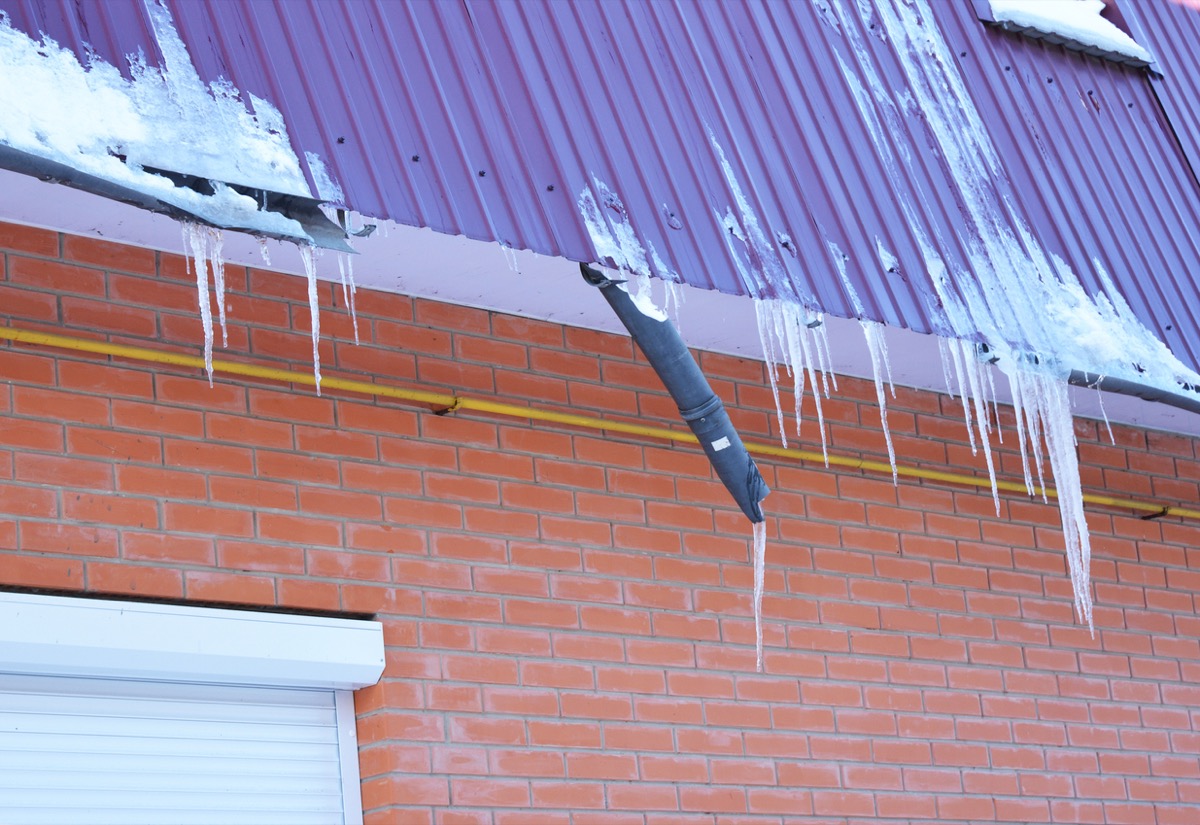
Want to keep your home in good shape this winter? It pays to keep those gutters free of debris and ice. “The weight of snow and ice buildup has the capacity to pull down any gutter system—even new ones, depending on how much buildup there is,” says Job Olang, a Brothers Gutters production manager. Similarly, if you have snow that gathers on your solar panels, Olang says that it can slide off, taking your gutters with it.
2
Your foundation can crack.
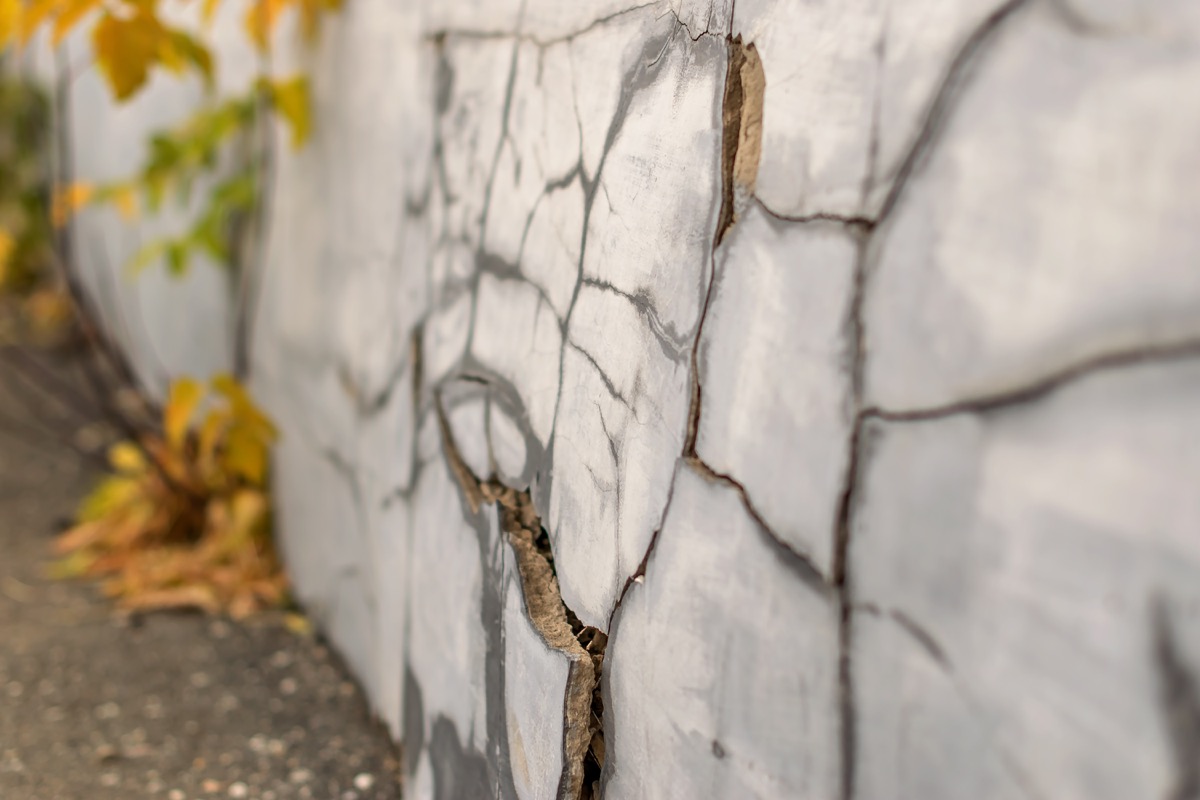
Even if that ice and snow buildup on your gutter system doesn’t cause it to pull away from your home or fall, by springtime, you may have an even bigger problem on your hands.
According to Danny Horboychuck, a solutions expert with Brothers Gutters, a split gutter downspout due to frozen water “will be a major problem and lead to leaks and water running along the house, compromising the foundation or getting into existing cracks in the foundation” once the water thaws.
3
Your door frames can rot.
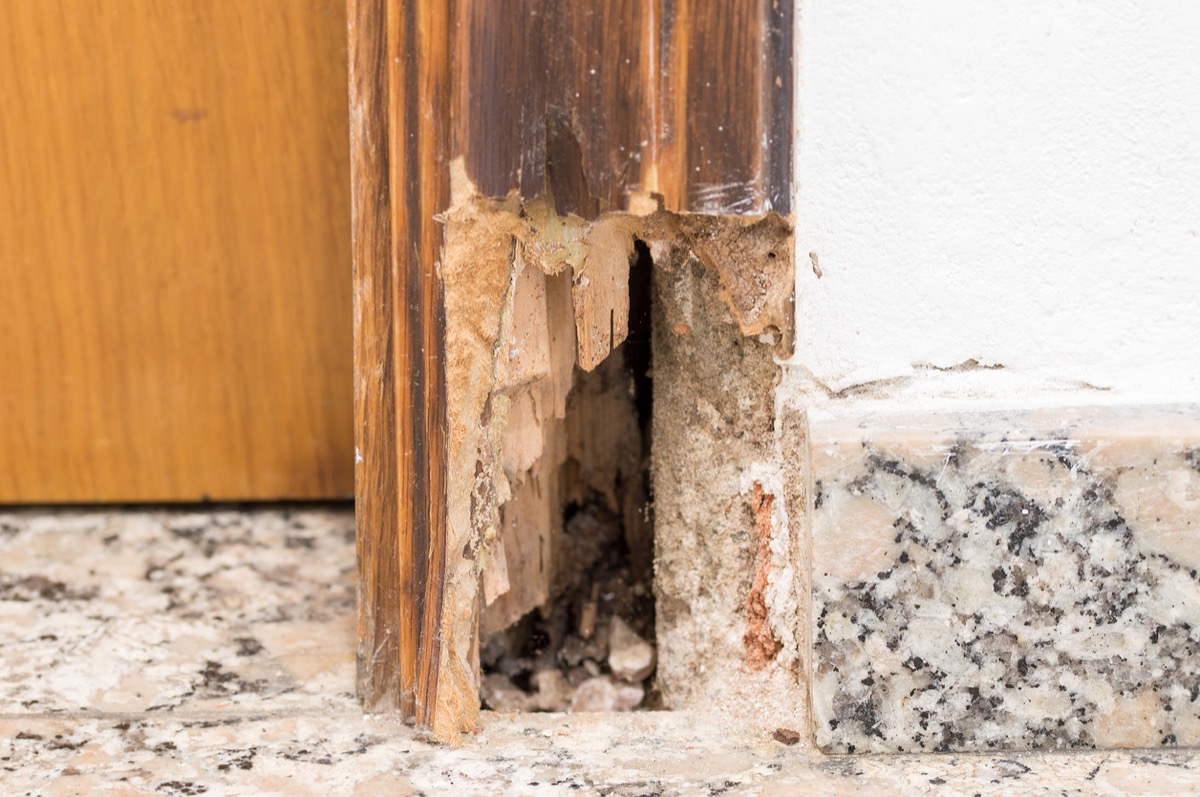
“When your door frames are exposed to wintry conditions, they can become soft and damp, possibly leading to wood rot or termite infestation in the spring,” explains Mark Scott, president of Mark IV Builders, Inc. He recommends filling soft areas in your door frames with epoxy wood filler. If the damage is too extensive for patchwork repairs, the entire door frame may need replacing.
4
Mold can grow.
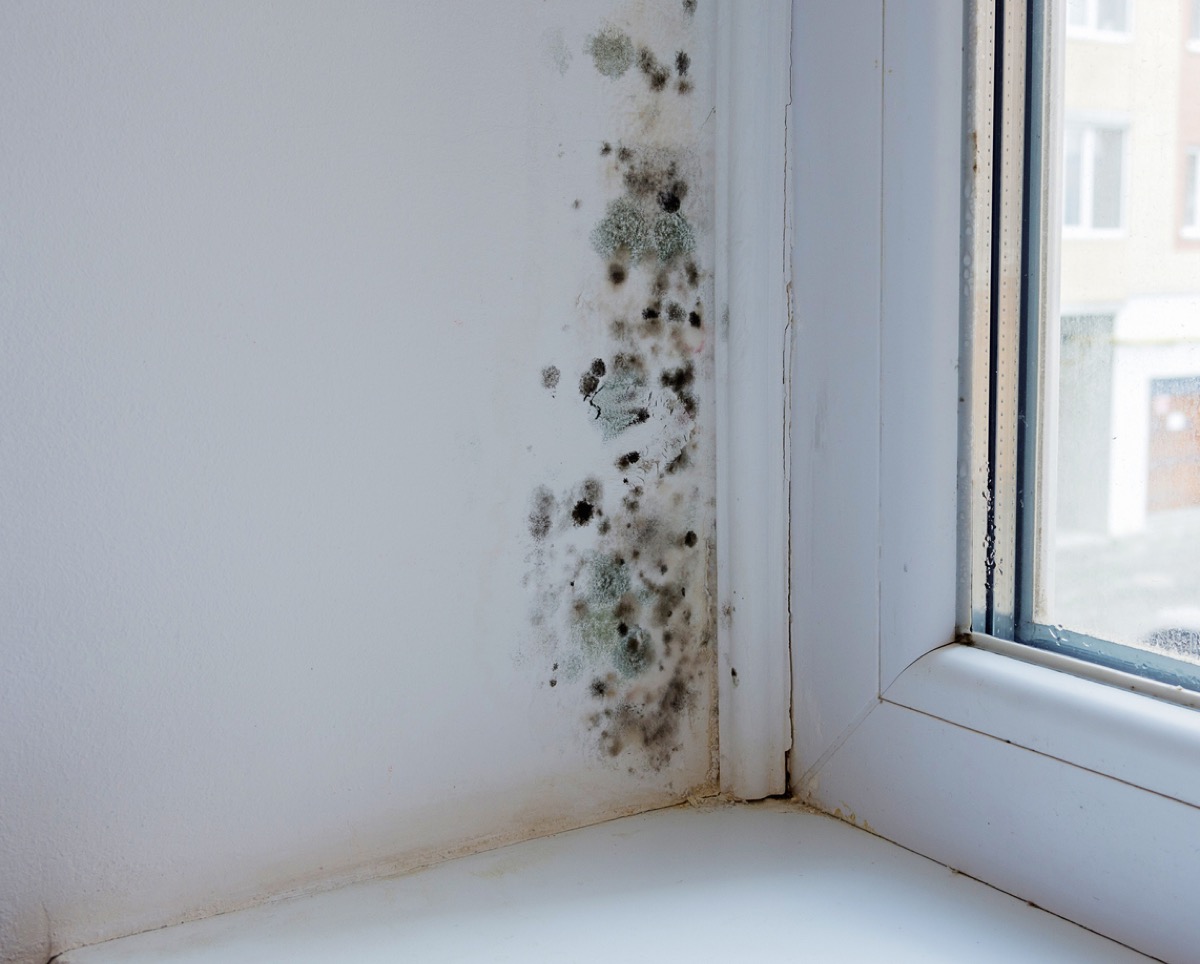
Think mold and mildew are just a summertime problem? Think again. “When it’s cold outside and warm inside, many surfaces allow for cold and warm air on the surface, walls, ceilings, etc., especially if they are poorly insulated,” explains Tony Abate, a certified indoor environmentalist at AtmosAir Solutions. The resulting condensation then adds to the ideal environment for mold to grow if it’s not attended to in an expeditious manner.
5
Your sump pump can cause a flood.
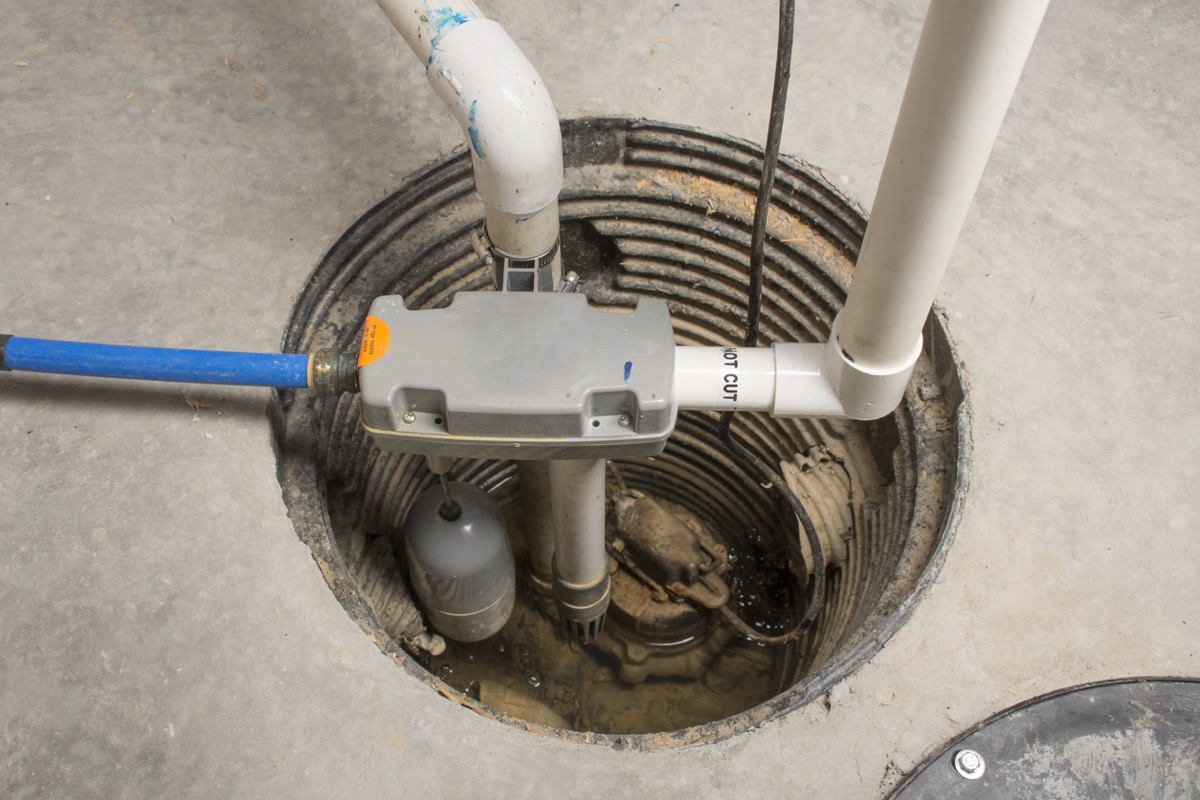
Another winter water hazard to your home occurs when snow puts pressure on the sump pump drain in your yard, which can leave you with a major mess on your hands. Needless to say that’s something you want to—and can—avoid. “Ensure your sump pump is functioning properly and clear any drain clogs before a big snowfall,” Scott says.
6
And your lawn can flood, too.
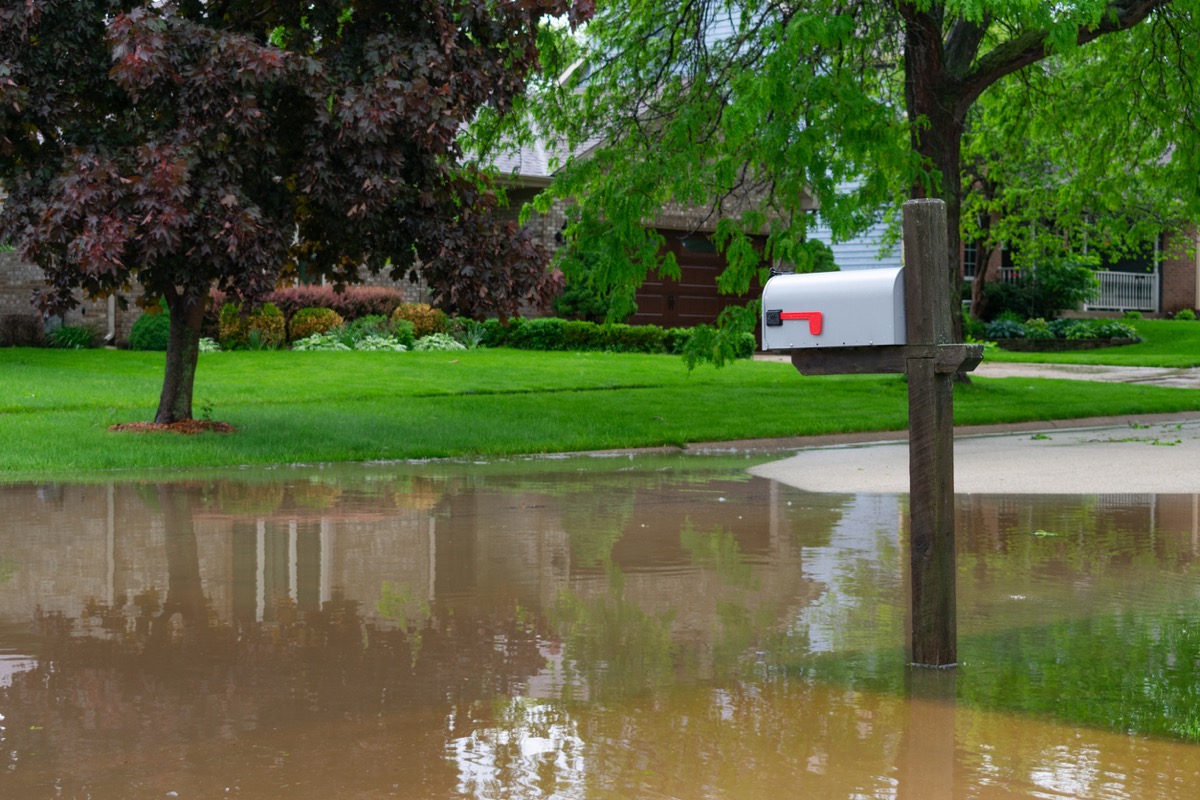
“I’ve seen outdoor water faucets break at the wall and lawns flood from cracked underground pipes because the water system wasn’t cleared properly before winter’s first freeze,” says Ben Creamer, managing broker and co-founder of Downtown Realty Company, a full-service real estate brokerage specializing in luxury residential in Chicago.
To keep this from happening, make sure your outdoor pipes are free of water and are well-insulated to avoid serious damage to your property.
7
Your exterior paint can crack.
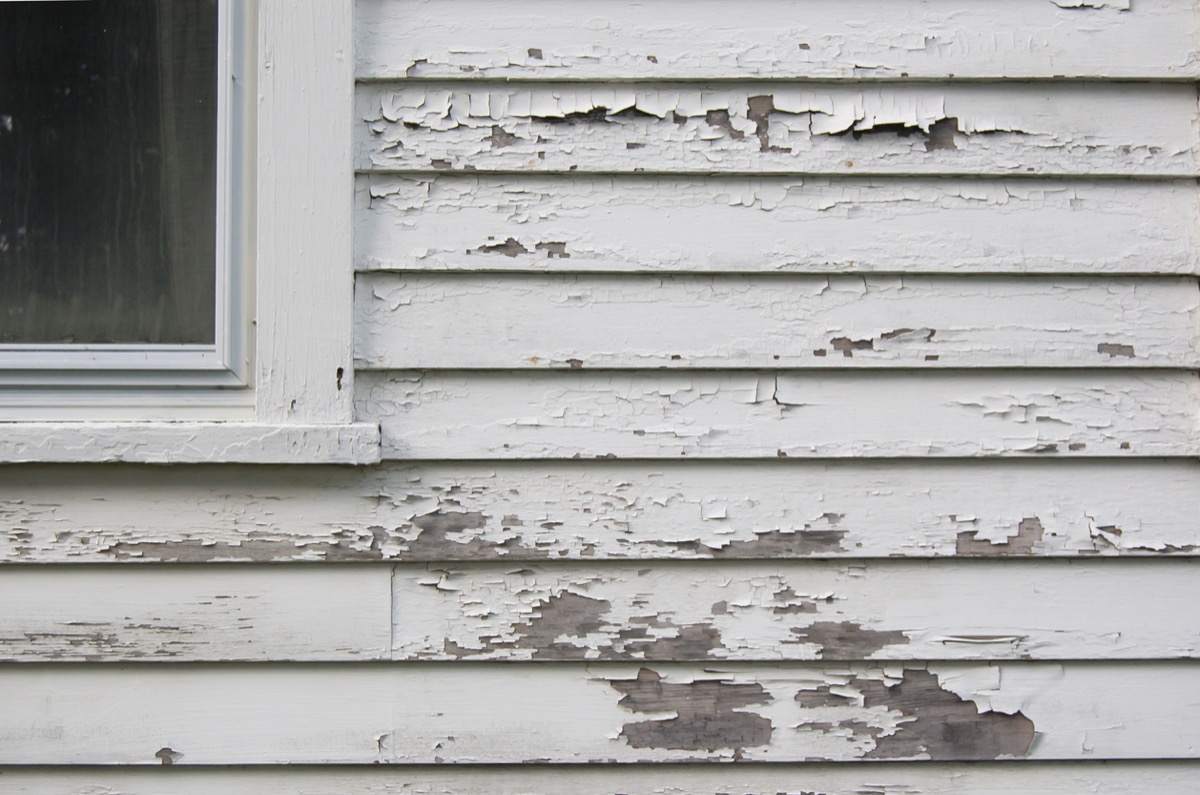
That fresh coat of paint on your home may not be long for this world if you apply it during a cold snap. Firstly, it takes days for most types of paint to be fully cured and that process is most effective in temperatures above freezing. Plus, extreme temperature fluctuations can cause paint to peel, according to the experts at Jerry Enos Painting. And once that paint has cracked or peeled, it’s only a matter of time before moisture starts getting under your siding and damaging your home.
8
Your pipes can burst.
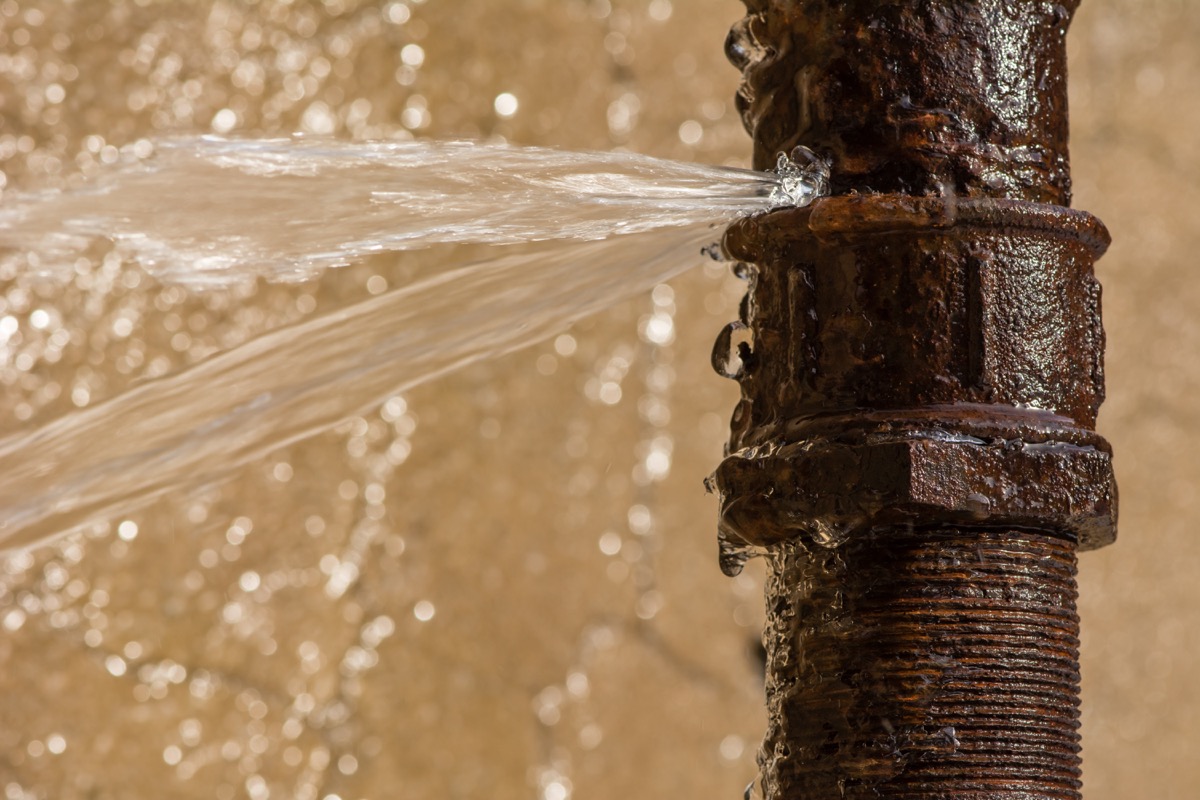
Despite what you may believe, the pipes on the exterior of your home aren’t the only ones at risk of cold-weather damage. “Exposed pipes are most susceptible to freezing,” explains HGTV star Anthony Carrino, specifically referring to the ones found in your basement and attic.
However, preventing them from freezing—and subsequently bursting—is fairly easy, Carrino suggests. Simply sealing off any drafty areas and using insulation, heat tape, or heat cables can keep pipes warm so water can continue to flow through them.
9
Your chimney can crack.
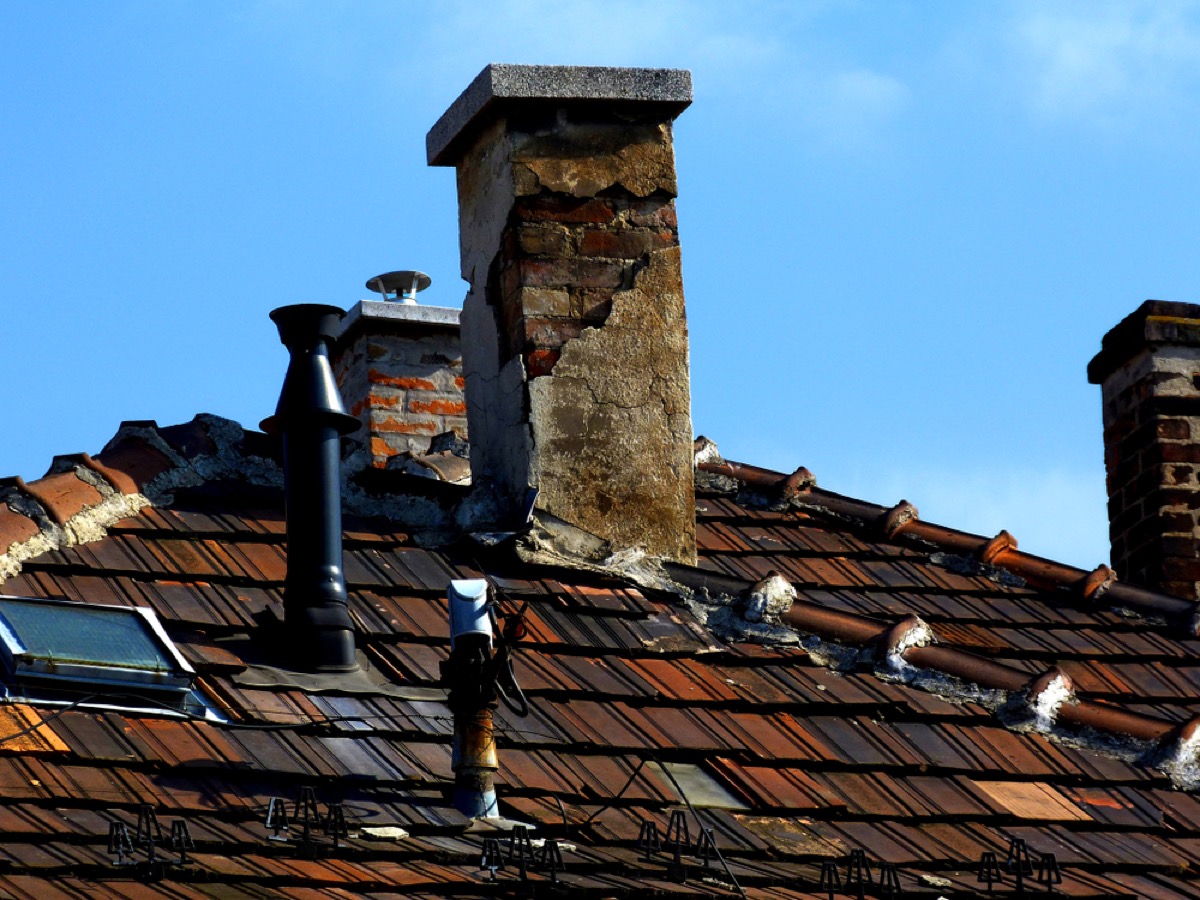
Your chimney may be able to withstand some pretty intense heat from the roaring fires you build during winter, but it’s less durable under cold weather conditions.
“When the sun hits the brick or [cinderblock], it begins to warm and expand. When the sun sets, the brick or block contracts, causing any kind of moisture to freeze and crack,” explains Mike Martin, owner of Remodeling Expense. This can cause cracks and eventual degradation of the entire chimney over time.
10
Your chimney flashing can leak.
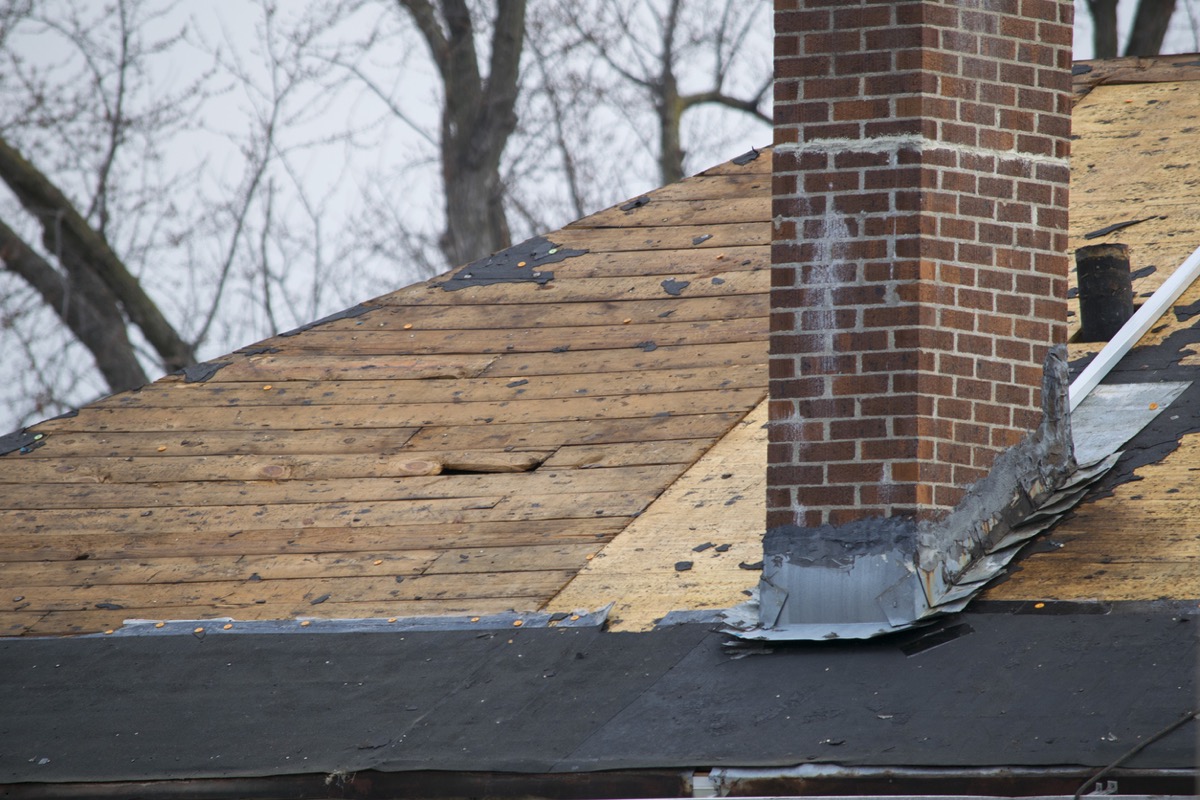
Flashing—the metal sheet where your chimney and roof meet—isn’t always up for the task of keeping water out when it’s installed in cold weather. Concrete manufacturer TCC Materials reports that, when added to a home during a cold snap, flashing may have problems adhering to a roof, meaning that water can quickly seep under it and into your home.
11
Rodents and other critters can eat away at your home’s insulation.
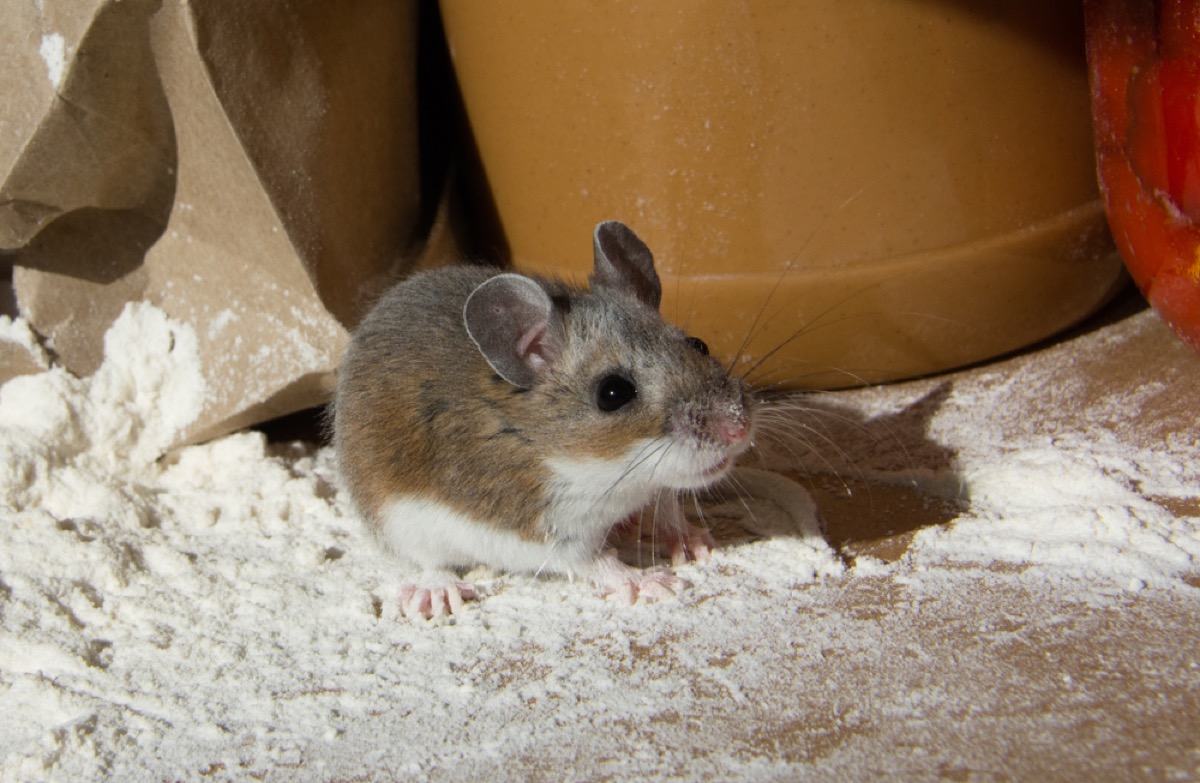
An expensive chimney repair isn’t the only thing you have to worry about when it’s cold outside. A crumbling chimney due to moisture damage or a chimney cap that’s fallen off due to snow or ice accumulation can create an easy passageway for curious critters to enter your house and make themselves at home.
“Much like humans, these pests crave food, warmth, and shelter, which drives them into homes when the temperature drops,” says Arrow Pest expert Tommy Giardino. And, according to Martin, animals can eat through your home’s insulation, making your house colder than it would be otherwise—they can even remove enough insulation to cause otherwise well-covered pipes to freeze and burst.
12
The plaster walls in your home can crack.
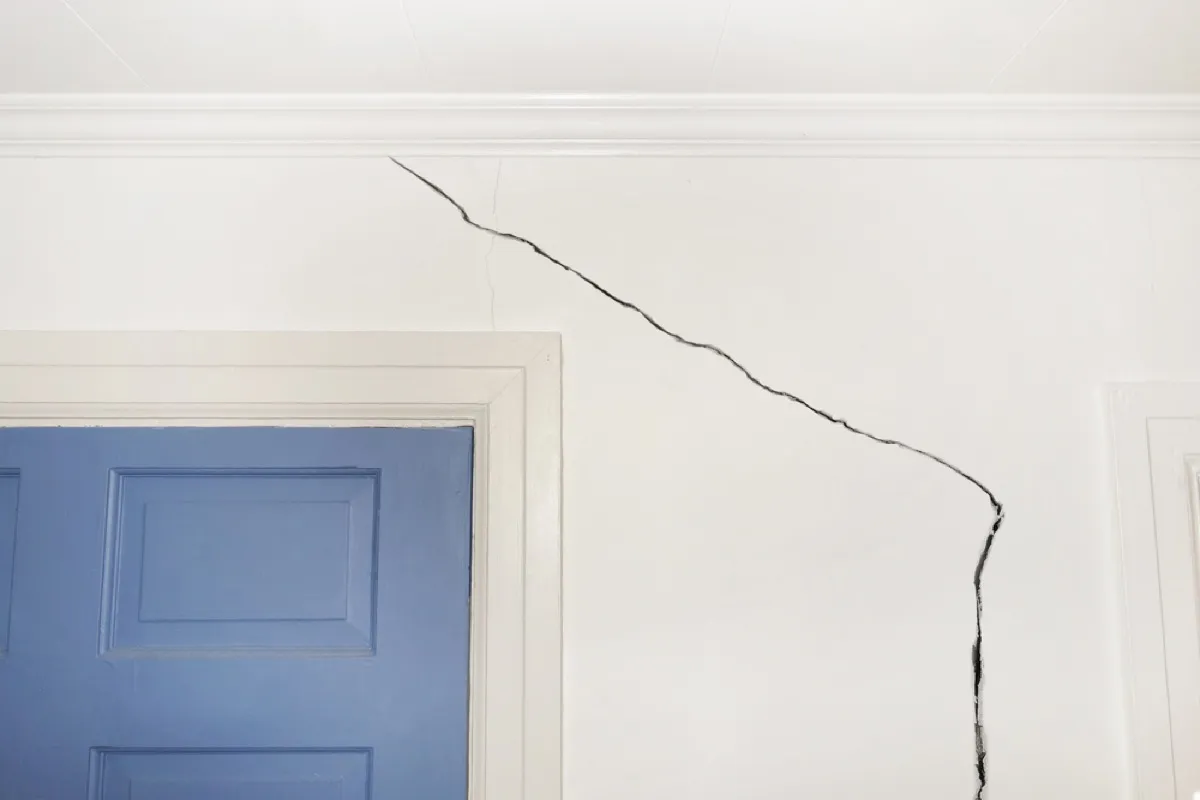
Winter weather is no friend to your home’s plaster walls. “When the humidity drops and the air becomes arid and dry, materials like plaster will shrink and cause hairline cracks,” explains Martin. In fact, in some cases, you can even hear it happening, he says. While you may not be able to prevent this from happening entirely, keeping your home’s interior temperature consistent may help limit the damage.
13
The strength of your mortar can weaken.
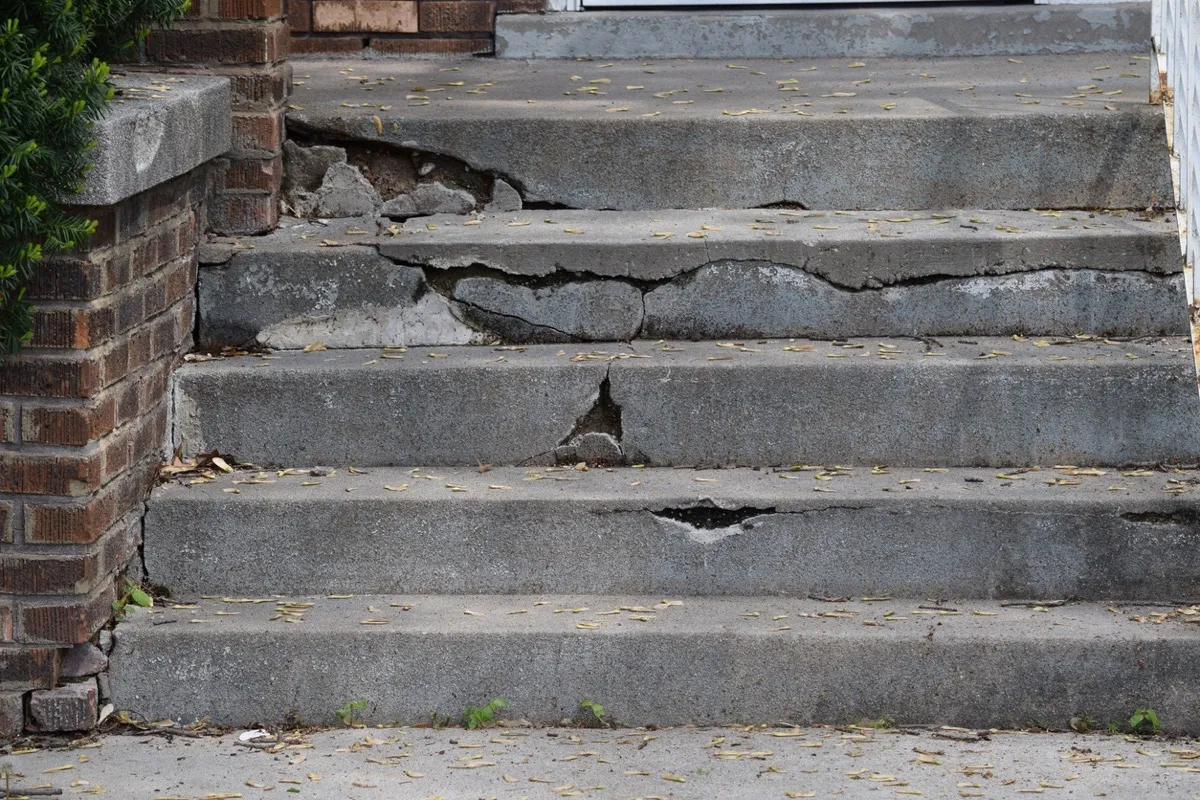
If your front steps are suddenly crumbling, the cold weather might be to blame. According to TCC Materials, cold weather can significantly alter the drying time of mortar, meaning those freshly-cemented steps may not have adhered properly, causing them to crumble. Moisture from snowfall can also seep into the mortar between your steps, causing damage and eventual degradation.
14
Your grout can peel.
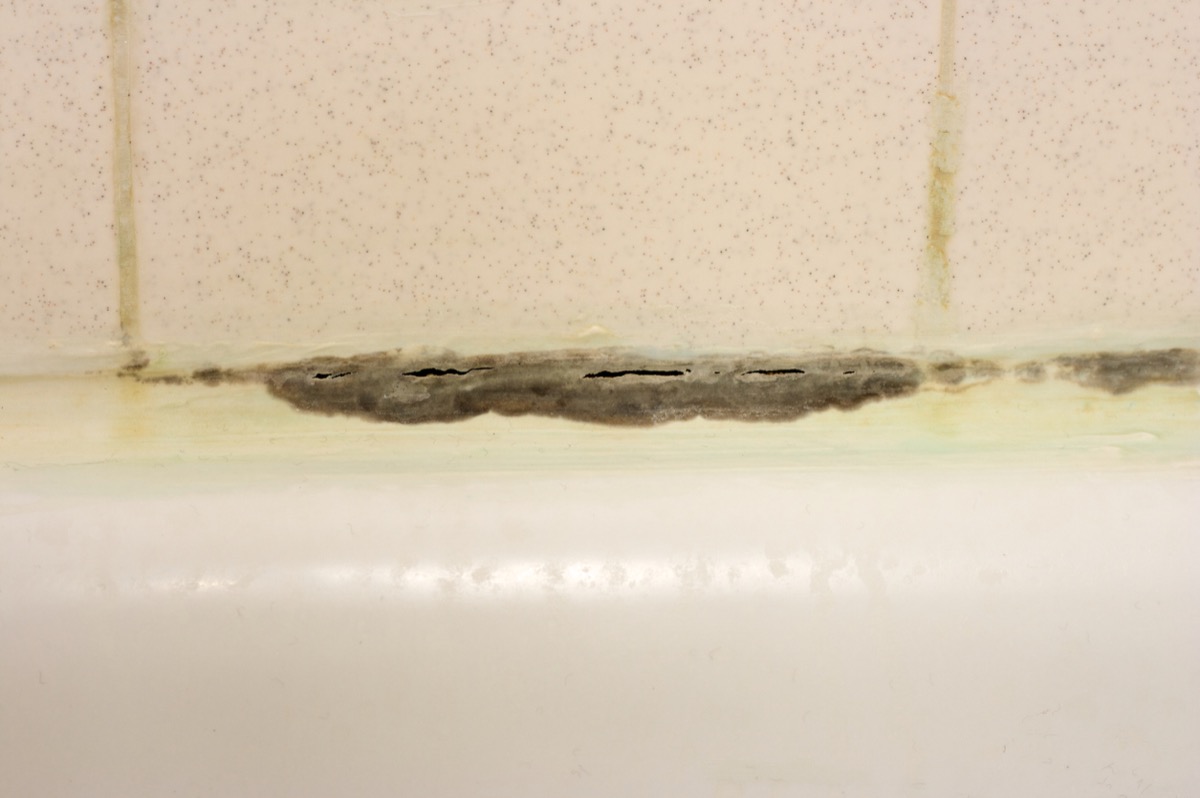
That grout around the tile in your house may not be as weather-resistant as you’d like. According to TCC Materials, grout is often a casualty of cold weather, peeling away from the surfaces it’s supposed to make watertight if exposed to serious cold while it’s drying. Over time, this can lead to mold and mildew issues, as well as the degradation of drywall, plaster, and even the wood framing of your house.
15
Your HVAC system can fail.
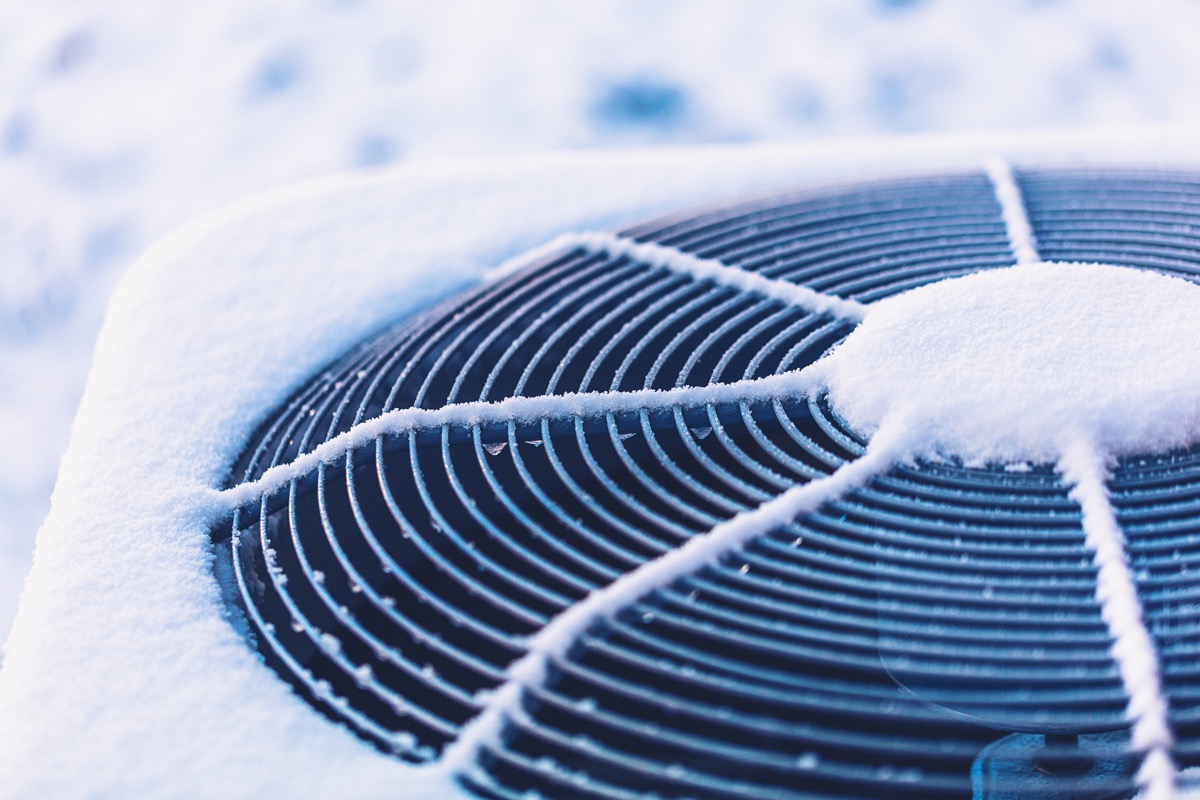
According to HomeSense Heating and Cooling, a buildup of snow and ice can trigger an emergency shutdown of your home’s HVAC system, leaving you in frigid frustration. To avoid other serious problems as a result—like your pipes freezing, for example—make sure to have the system repaired as soon as possible.
16
You can deal with ice damming.
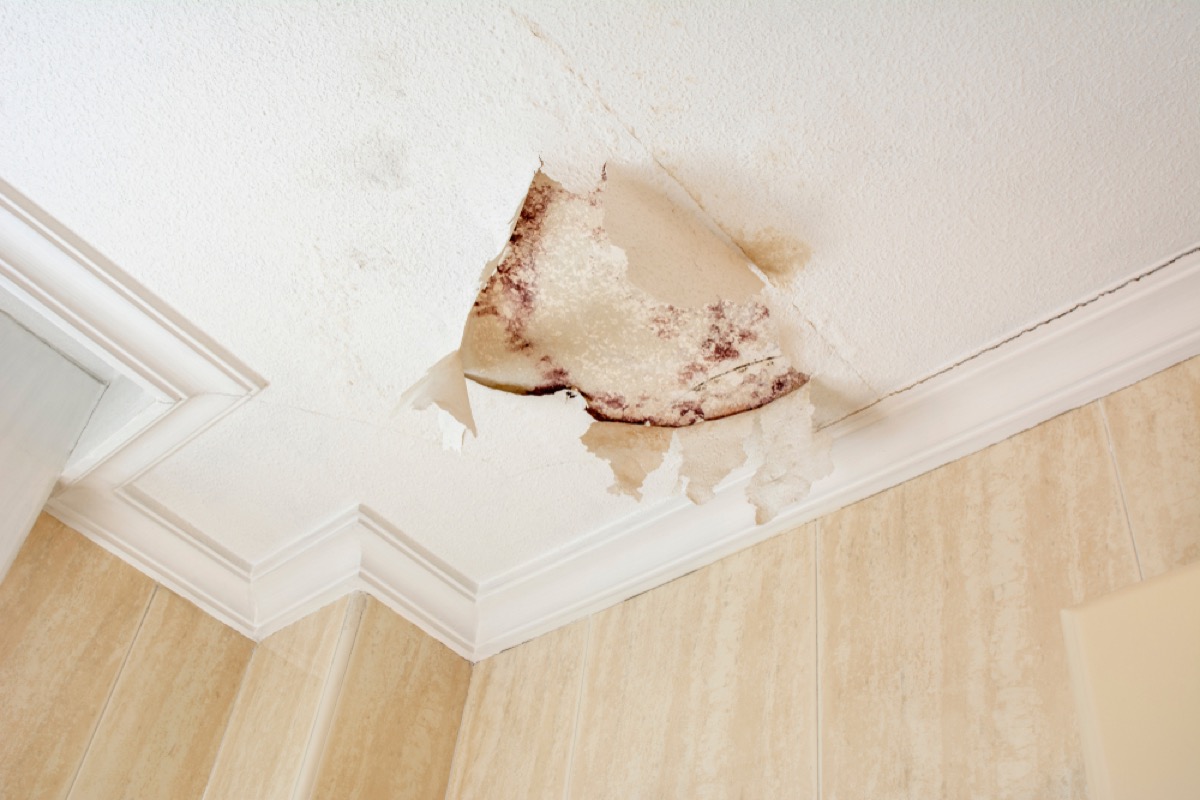
You may find those icicles hanging from the eaves of your roof aesthetically pleasing, but remember that they can also do a surprising amount of damage that won’t look quite so pretty.
“A poorly insulated or ventilated house will melt snow…which will then freeze once it hits the exterior wall or overhang,” thus creating an ice dam, explains Michael DeRosa, president of American Roofing and Siding.
Once this has occurred, any additional melting snow will “have nowhere to go but into your house,” says DeRosa. One solution is to keep the upper stories of your home slightly cooler to prevent the melting and refreezing cycle that leads to damming.
17
Water can seep into your attic.
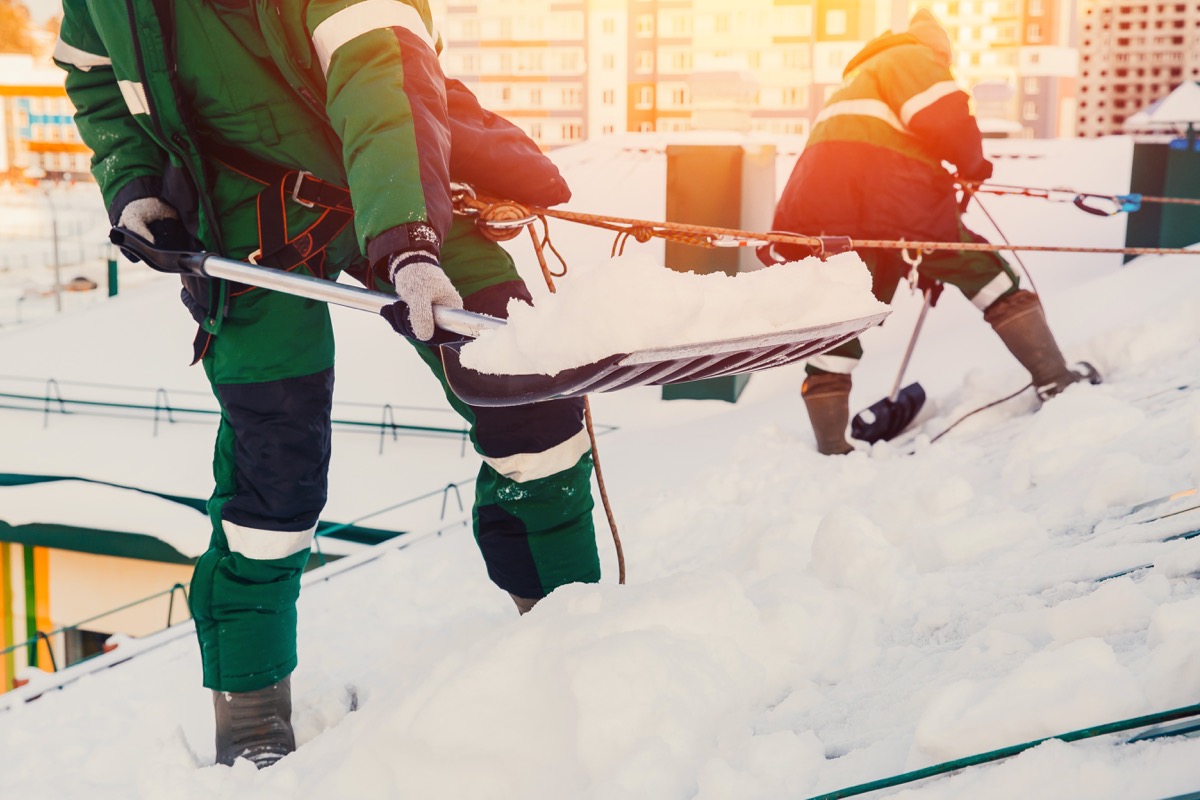
If water begins to pool on your roof—which can happen on all styles, but occurs more easily on flat, mansard, or butterfly roofs—it “can back up the roof shingles and seep into your attic, causing damage to the roof sheathing, insulation, and even the sheetrock walls of the home,” says DeRosa.
18
You can have a gas leak.
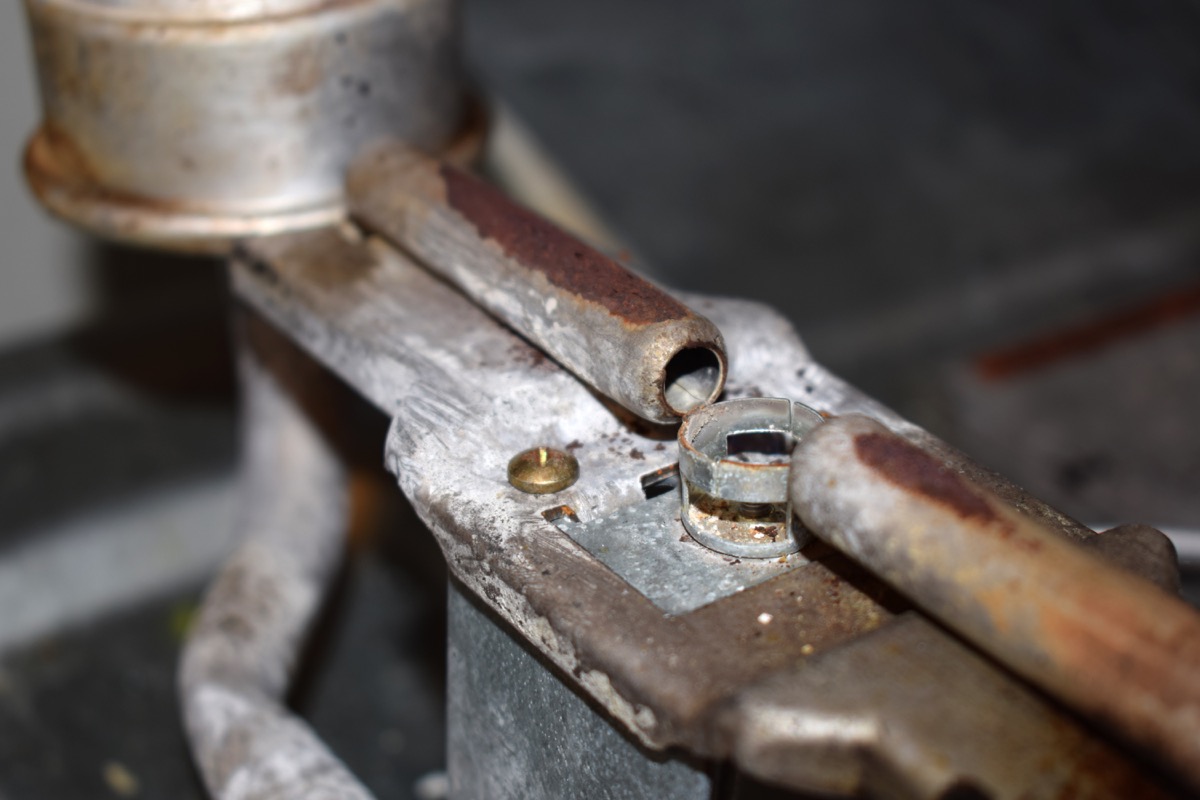
According to the experts at Hot Point Heating, high winter winds can blow out oven and furnace pilot lights, causing a potential gas leak inside the home. If left untreated, this can put your home at risk for a fire or explosion if the gas comes in contact with a source of electricity or a flame.
19
Falling branches can damage your home’s exterior.
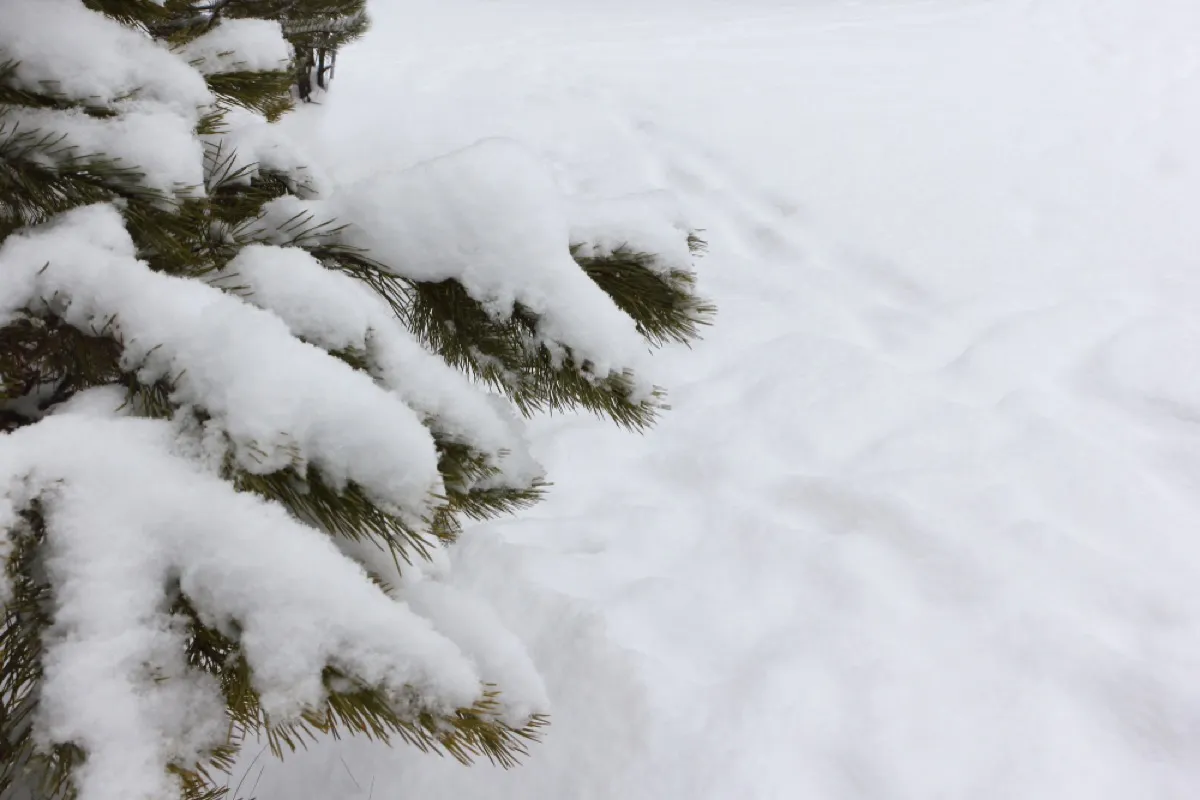
The snow sitting on the branches of the trees surrounding your home can put your house at risk for serious damage.
“Three inches of old packed snow can weigh up to five or six pounds. This can add up over thousands of square feet,” explains Daniel Quindemil, CEO of construction company I Am Builders. When a snow-packed branch falls on your roof, skylight, or even wooden steps, it can cause serious—and costly—damage.
20
And they can also cause you to lose power.
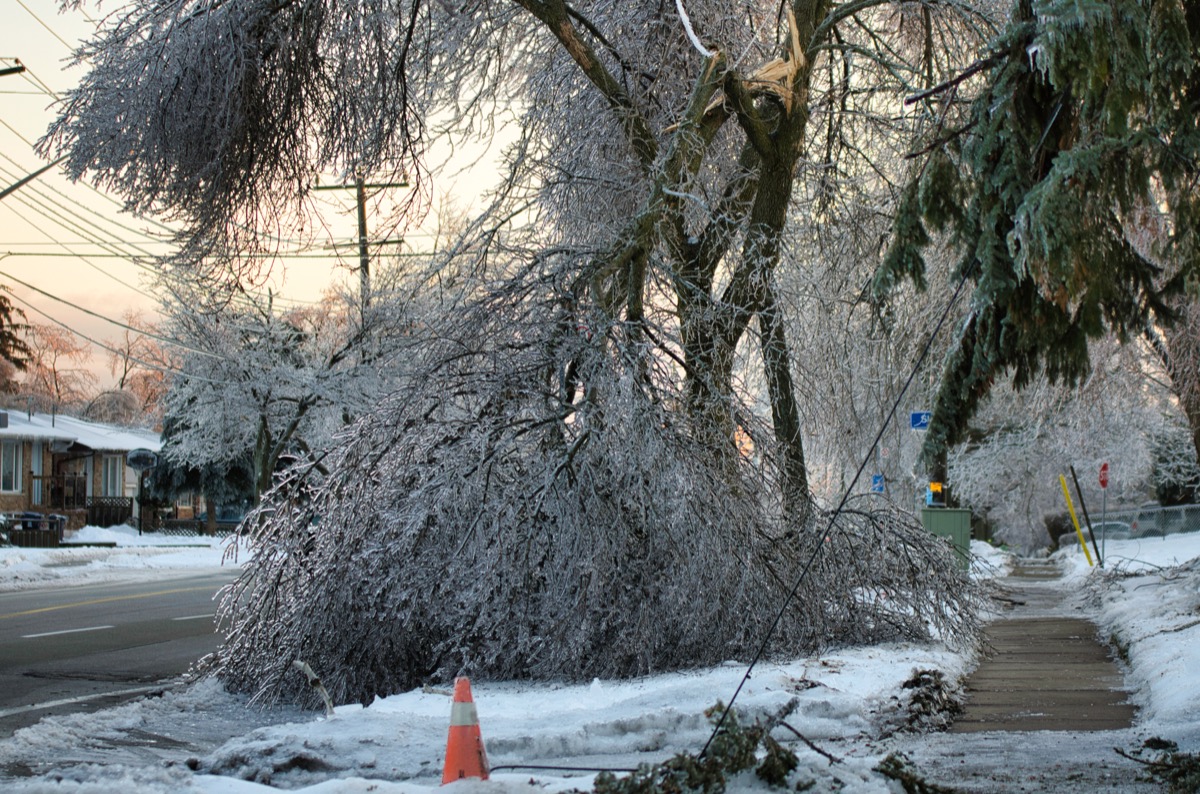
Want to keep your home safe this winter? Make an appointment with a tree surgeon before the first snowfall. Quindemil explains that snapped branches due to snow accumulation are a common cause of power outages, which can cause other problems—like a lack of heat and burst pipes—if not attended to quickly.